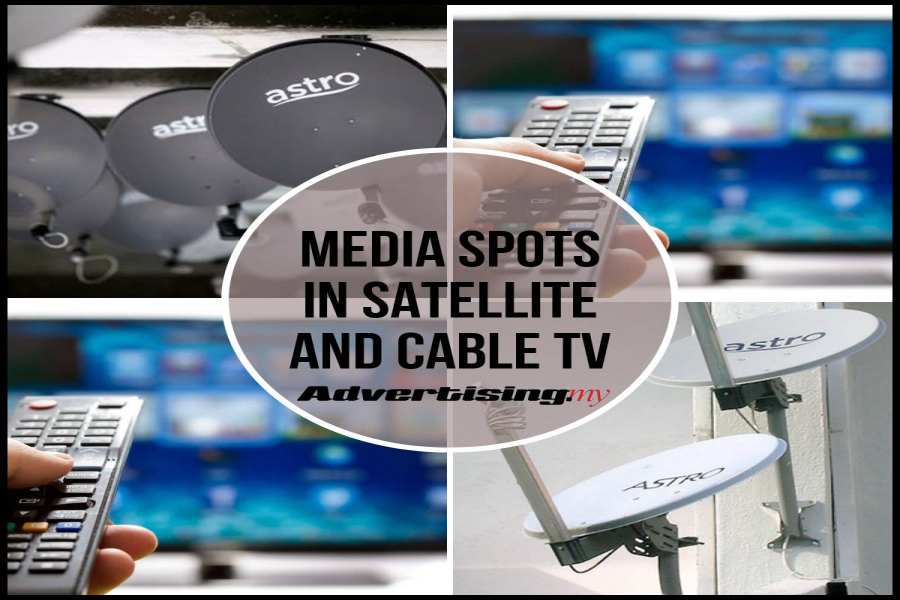
Cost per thousand impressions is a metric that marketers use to measure the success of their advertising campaign. It is calculated using the total ad purchase cost divided by the estimated number of views that the ad would receive. Although CPM is a great indicator of how efficient a media marketing campaign is, it isn’t the only thing to look at.
When measuring the effectiveness of an ad campaign, ad spend and ad performance are also important factors to keep in mind. Although tracking ad spending is essential, conversion rate is another important variable that can affect ad effectiveness. If your goal is to attract new customers, you may be interested in using a cost per click ad model. This type of ad costs less than CPM. However, this ad type is less predictable so it isn’t always a great choice.
Measure the click-through ratio (CTR) to find out if your campaign is succeeding. CTR is usually two clicks for every 100 impressions. Depending on the medium you use, you may be capable of increasing the CTR through different ad formats and placements. Rich media advertisements can also be used to increase the visibility of your ads.

Another measure that could be used to assess the effectiveness of an advertisement is the average click through rate and the number if unique visitors. These statistics can help you to set expectations for the ad. This is best done by monitoring your ad performance over the course of time.
CPC is more complex than CPM. CPC is difficult to predict revenue and it is less likely that CPC will generate high quality impressions. CPC can also lead to visitors leaving your website. CPC is less likely to happen if the ad program has been well designed.
CPC is an alternative to CPM and can be a very effective ad format for online publishers. They can gather more data and optimize ad revenue. CPC has a greater risk than CPM. Many advertisers believe that CPC is better than CPM because it provides a better return on investment, but this isn't always the case.
Higher CPMs do not necessarily indicate better earnings. However, they are an indicator that your ad has been generating good traffic. Moreover, advertisers may be able to reach a bigger audience with a cost per thousand ad campaign. CPM has less value than CPM when it comes brand awareness. CPM is not likely to sell a product like a degreaser.

CPM rates vary from one market or the next. A magazine that has a large readership will typically have a lower cost per thousand than one with a smaller readership. You may also pay less if your target audience is niche. Your ad strategy should be evaluated on its cost-benefit ratio.
FAQ
Why use social media for advertising your business?
Social Media Marketing is a way to reach customers on social media platforms such as Facebook and Twitter. You can also target specific audiences within these networks by using keywords.
Because it is cheaper to market online than traditional advertising methods, this advertising method is more cost-effective. This method allows you to develop strong relationships with potential and current clients.
It's easy to start using social media to promote your business. All you need is access to the Internet and a smartphone.
What is affiliate Marketing?
Affiliate marketing is an online model that allows you to earn commissions for referring customers to other websites. The product owner pays you for each person who buys from you.
Affiliate marketing relies on referrals. People don't need to do anything to purchase from you. Simply refer people to the website.
Making money doesn't require any hard selling. It's just as easy to sell as it is to buy.
In minutes, you can also set up an affiliate account.
Referring as many people as possible will increase your commission.
There are 2 types of affiliates.
-
Affiliates who are the owners of their own websites
-
Affiliates who work for companies that offer products and services.
Advertising is what?
Advertising is an art. Advertising is not about selling products. It's about making emotional connections between people, brands, and each other.
Advertising is all about telling stories with images and communicating ideas.
You have to make sure you are communicating clearly and persuasively. It is important to share a story that appeals to your target audience.
This makes advertising different from other forms of communication, such as public speaking, writing, or presentations.
When you create a winning ad campaign, it is creating your brand identity.
This is how memorable you can be. You become someone that people remember.
What does it mean to be an advertiser buyer?
An advertiser purchases advertising space on TV, radio or print media.
An advertiser pays for the time they want their message to appear.
They do not always look for the best ads, but are looking for the most effective to reach their target audience.
The advertiser may have specific demographic information about their potential customers, such as age, gender, income level, marital status, occupation, hobbies, interests, etc.
This data can be used by the advertiser to decide which media is most effective for them. For example, they might decide that direct mail would be more effective with older audiences.
Advertisers also look at the competition. Advertisers may decide to place their ads in close proximity to similar businesses.
In addition, advertisers consider the size of their budget and the amount of time they have to spend their money before it expires.
What is advertising's primary purpose?
Advertising is more about connecting with customers than just selling products.
Advertising is communicating ideas and values. It's about changing minds and attitudes. It's about building connections.
It's all a matter of making people feel good.
You can't sell to your customers if you don’t know their needs.
So before you start any advertising project, you should first understand your customer's needs and wants, and buying habits.
Then, you can create ads that resonate.
What is branding?
Branding is how you convey who you really are and what you believe in. It is how people remember your name.
Branding involves creating an identity that makes your company stand out. A brand isn't just a logo. It also includes everything you do, including your physical appearance as well as the tone of voice that employees use.
Customers feel more confident buying from your company if they have a solid brand. They know what they're getting. It gives customers confidence when choosing your products over the ones of other competitors.
Apple is a prime example of a company with a strong brand. Its brand is known worldwide for its sleek design, high-quality products, and customer support.
Apple has been synonymous with technology since its inception. Apple is synonymous with technology.
You should think about creating a brand if you are considering starting a business. This will give you and your business a face.
What is radio advertising?
You should understand how the different types of media affect each other. It is important to understand that all media forms are complementary and not competitive.
Radio advertising can be extended to television. It can reinforce key messages and provide additional information.
Radio listeners often find TV commercials too lengthy. Radio ads are generally shorter and less expensive.
Statistics
- Google will display whichever ad type (CPM or CPC) is expected to earn more revenue for the publisher, which is in Google's best interest since they take a 32% share of the revenue. (quicksprout.com)
- In 1919 it was 2.5 percent of gross domestic product (GDP) in the US, and it averaged 2.2 percent of GDP between then and at least 2007, though it may have declined dramatically since the Great Recession. (en.wikipedia.org)
- It's 100% reliant on your website traffic. (quicksprout.com)
- Advertising spending as a share of GDP was about 2.9 percent. (en.wikipedia.org)
External Links
How To
How to display ads on your website
Ads are essential for any business. They reach potential customers, and keep them coming back.
Ads also let you promote your products and services without spending money directly on advertising.
Google Adsense can be used to display image and text advertisements on your website, blog, forum, or any other online content.
Google Adsense gives you the opportunity to make revenue from every click on any ad link displayed on your site. Your ads can be set up without the need for any programming.
To get started, just sign up for a free account at www.google.com/adsense. Follow these steps:
-
Use the Ad Builder to create your ads. The tool lets you create different ads, including text, images, video, and interactive ads.
-
After you have created your ads, upload them to AdSense. To do this, select "Upload" under the "My Ads" section in the left-hand navigation bar.
-
Next, add keywords related to your product or service so that your ads appear in search results relevant to your niche.
-
Finally, copy your ads and paste them into the appropriate sections of your website. After all these steps are completed, your ads should be automatically added to your site.
-
Visitors who click on an ad from you will be redirected to a different page on your website where they can buy your products or services.
-
Every time someone clicks one of your AdSense ads, you earn earnings.
-
Go to the My Account tab, located at the top of the AdSense dashboard. There you will find reports detailing the performance of your ads.
-
You can also download your earnings in a CSV file.
-
You can change your ads to increase earnings or target your audience.
-
You can also pause or remove your ads at anytime.
-
For any questions or concerns, you can contact us.